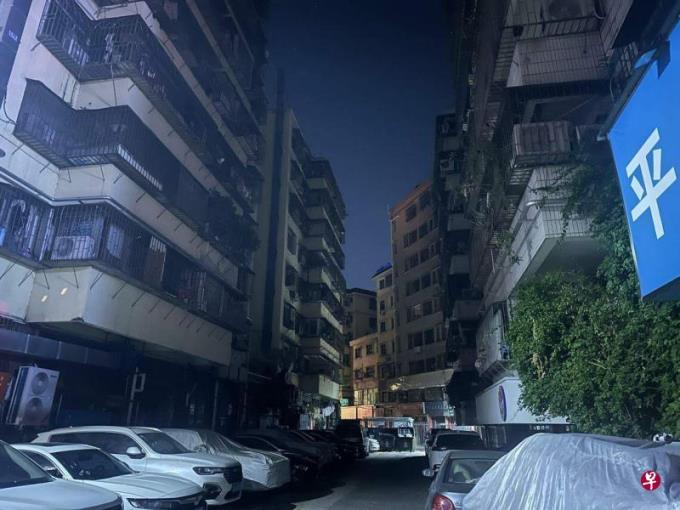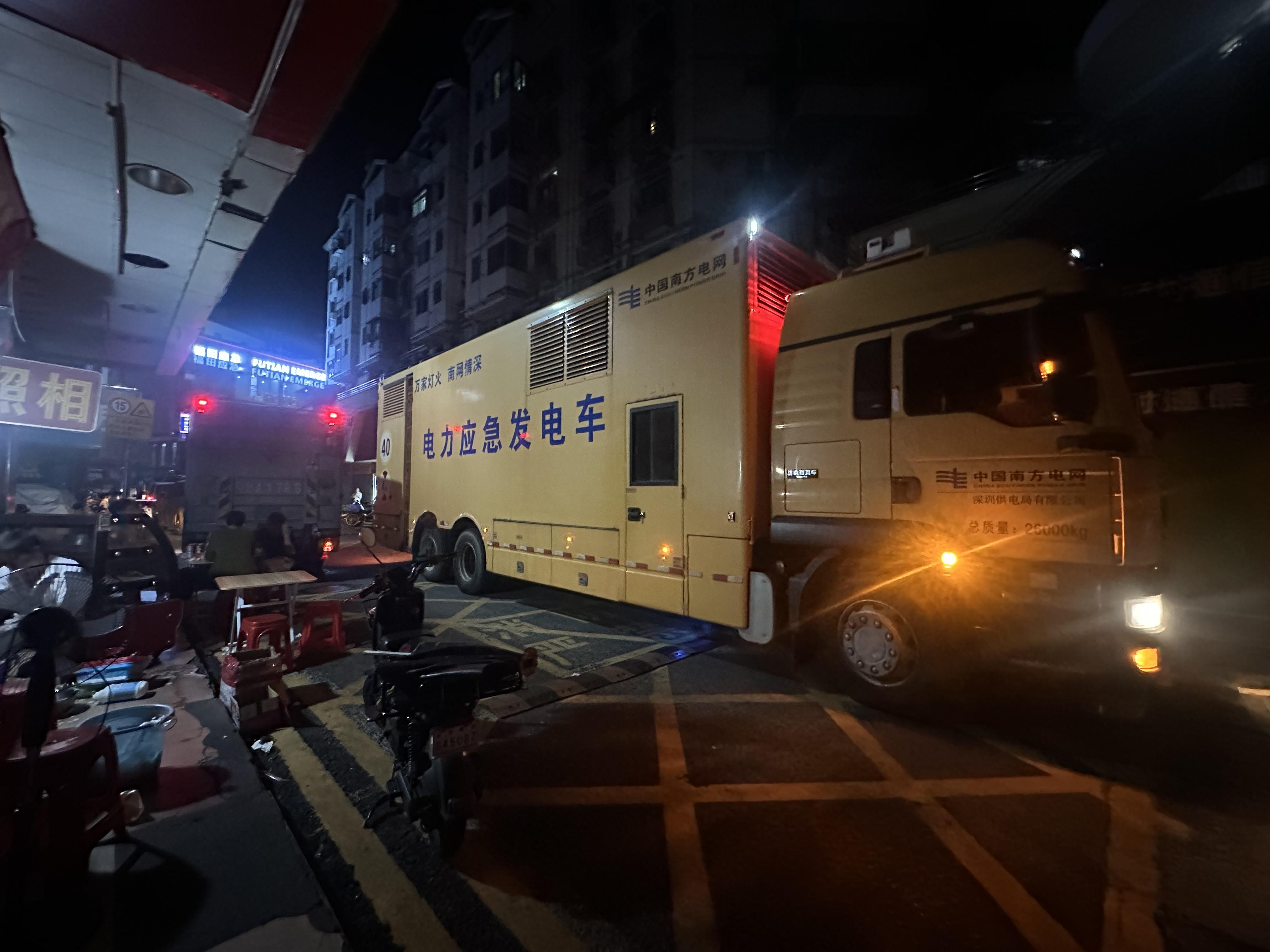
Under the rare high temperature, the electricity consumption of the southern China this summer has continued to rise, and the power load has repeatedly breaking the new high, which has put pressure on the grids in some areas of Shenzhen.
Affected by the superposition of global warming and El Niopy phenomenon, the average temperature in the northern hemisphere has broken the highest record one after another this year, and Asia, Europe, and the United States have faced extreme hot summer weather.Among them, since China officially "entered" on July 11, many regions have continued to issue high -temperature warnings due to the hot weather of more than 35 degrees Celsius.
Compared with previous years, it seems that this year's midsummer seems to have come earlier. The continuous high temperature has continued to increase in power demand in South China since mid -May.
The temperature in Shenzhen was 37 degrees Celsius on May 30 this year, and high -temperature warning was upgraded from yellow to orange.This is the first time Shenzhen has released a high -temperature orange warning signal in May.That night, some residents including Baoan, Longhua, Longgang, Guangming and other areas experienced large power outages, and "Shenzhen Power Treating" also rushed on Weibo to search.
According to data released by China Southern Power Grid, the Load of Southern Power Grid exceeded 200 million kilowatts on May 22 this year, 36 days earlier than last year.Among them, the highest power load in Shenzhen Grid also reached 20.543 million kilowatts on May 30, a year -on -year increase of 17.7%.This is the first time that Shenzhen Power Grid has exceeded the 20 million kilowatt mark in May, 45 days earlier from 2022.
In the face of the surge in electricity load, the Shenzhen Power Supply Bureau said that the staff had strengthened their daily inspections, but there were still scattered power outage in some areas, mainly in the village in the city."Most of the village village distribution networks are built by the village. There are many self -owned property rights equipment, and many equipment lacks compliant maintenance and maintenance for a long time, which can easily trigger a trip."
Typhoon "Du Surui" set off the heat waves in the Shenzhen High -temperature warning to be orange again in late July. During this period, power outages also occurred again during this period. The affected residents in Xiameilin District, Futian District.
Liang Haotian (a pseudonym) who lives in the district told Lianhe Zaobao that the power supply at home suddenly interrupted at about 2 am on July 27. The reason was that the distribution room in the surrounding noodle village was on fire.

When the reporter arrived at the scene that day, many firefighters were being rescued. The fire was not large.The personnel of the Shenzhen Power Supply Bureau rushed to the scene to repair the scene and sent a power emergency tram to provide support. It was four or five hours before and after the power outage.
Liang Haotian lamented: "On the night of more than 30 degrees Celsius, there is no air conditioning and fan.
A person in charge of a power supply bureau said that the transformer was not excluded due to the high power load.He said: "The weather is extremely hot these days, and the usage rate of residents' air conditioners has increased significantly, which will lead to the loss of the system. This situation also appears in other areas."
Many Shenzhen citizens reported on Weibo during this period that the area they lived suddenly had a sudden power outage due to a transformer failure.Some netizens said that the building where the buildings lived had been power outage for a few consecutive nights, which had a impact on the daily life and rest.

The person in charge of the Power Supply Bureau emphasized that the power outage of Shenzhen was not caused by the tension of electricity, but after the load was increased, some older power equipment bearing capacity would not be sufficient, which would lead to frequent cards and power outage.
Lin Dawei, a senior researcher at the East Asia Research Institute of Singapore National University, believes that in the Lianhe Morning Post interview, it was believed that although the local government has been working hard to improve the infrastructure of the grid, these work takes time and a lot of funds.The speed of upgrading cannot keep up with the surge in the urban population, causing power outage in high temperature weather.
He said: "Different from previous years, this year's extremely high temperature is not only lasting, but also mixed with typhoons and heavy rain. The superposition of various factors makes this summer's electricity use more challenging"
As the hot weather continues, public opinion is worried that the electricity consumption is high. In the past two years, the situation of large -scale extension of the gateway may appear again, making the Chinese economy, which was originally recovered, and the shadow.
In 2021, many provinces in China were tight due to coal supply, causing large -scale electrical shortage.In 2022, extreme high -temperature weather led to surge in power demand. At the same time, arid weather in some areas affects hydropower and the power supply is in short supply.The official power restriction measured by the two power -missing crisis slowly slowed down China's economic growth to a certain extent.
Lin Dawei pointed out that China has improved energy protection through different channels this year, such as comprehensively restoring Australian coal imports and buying cheaper oil and natural gas from Russia, which greatly reduces the possibility of electric shortcomings.
He said that although there are not many signs that the shortage of energy may further drag down China's economic recovery, this is still a worrying problem, because family is the main consumer of energy, and the government needs to ensure that people's electricity needsIt is satisfied and avoids the occurrence of power failure.
China is the world's largest coal consumer country, and coal power generation accounts for about 58%.China has expanded coal mines and coal -fired power plants on a large scale in the past two years, and has increased the import and usage of coal in the past year, causing the outside world to question China the realization of "carbon peaks" before 2030 and "carbon neutralization" in 2060The goal.
Lin Dawei believes that in the long run, China will continue to increase its strength to renewable energy and reduce dependence on coal.However, due to the continued increase in energy demand in the short term, while improving the use of renewable energy, it has to increase consumption of coal. The proportion of coal power is expected to remain at about 60%.



